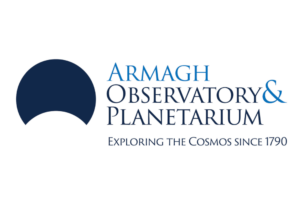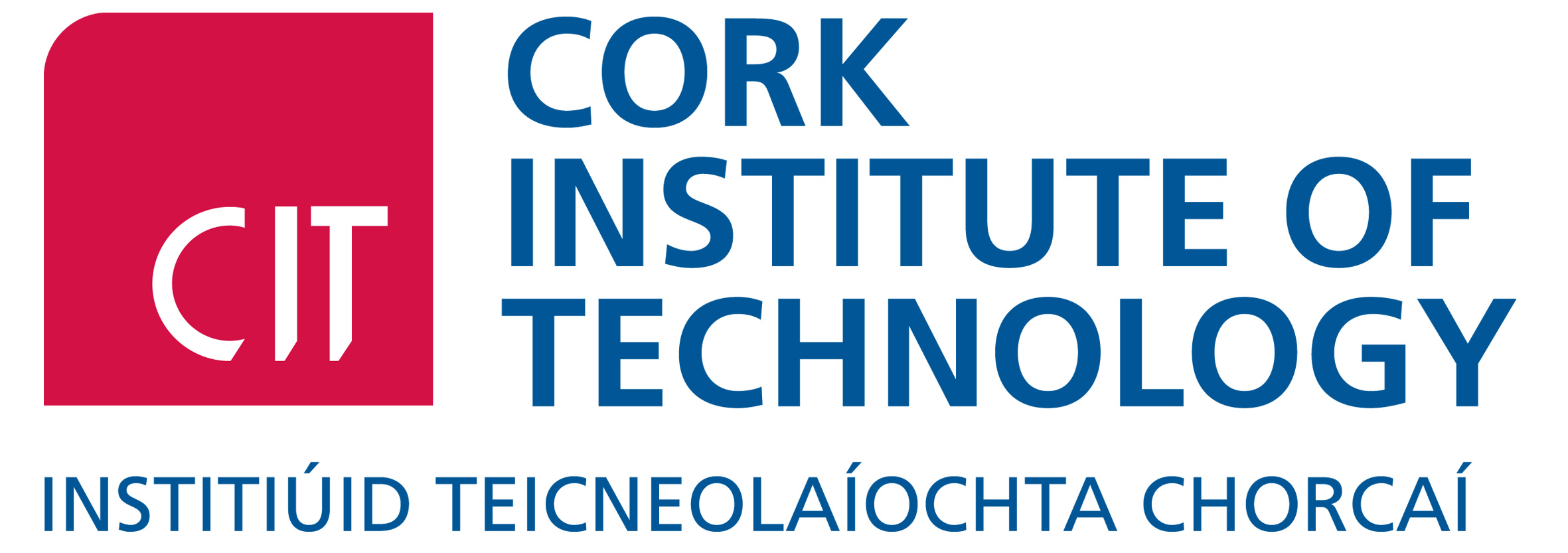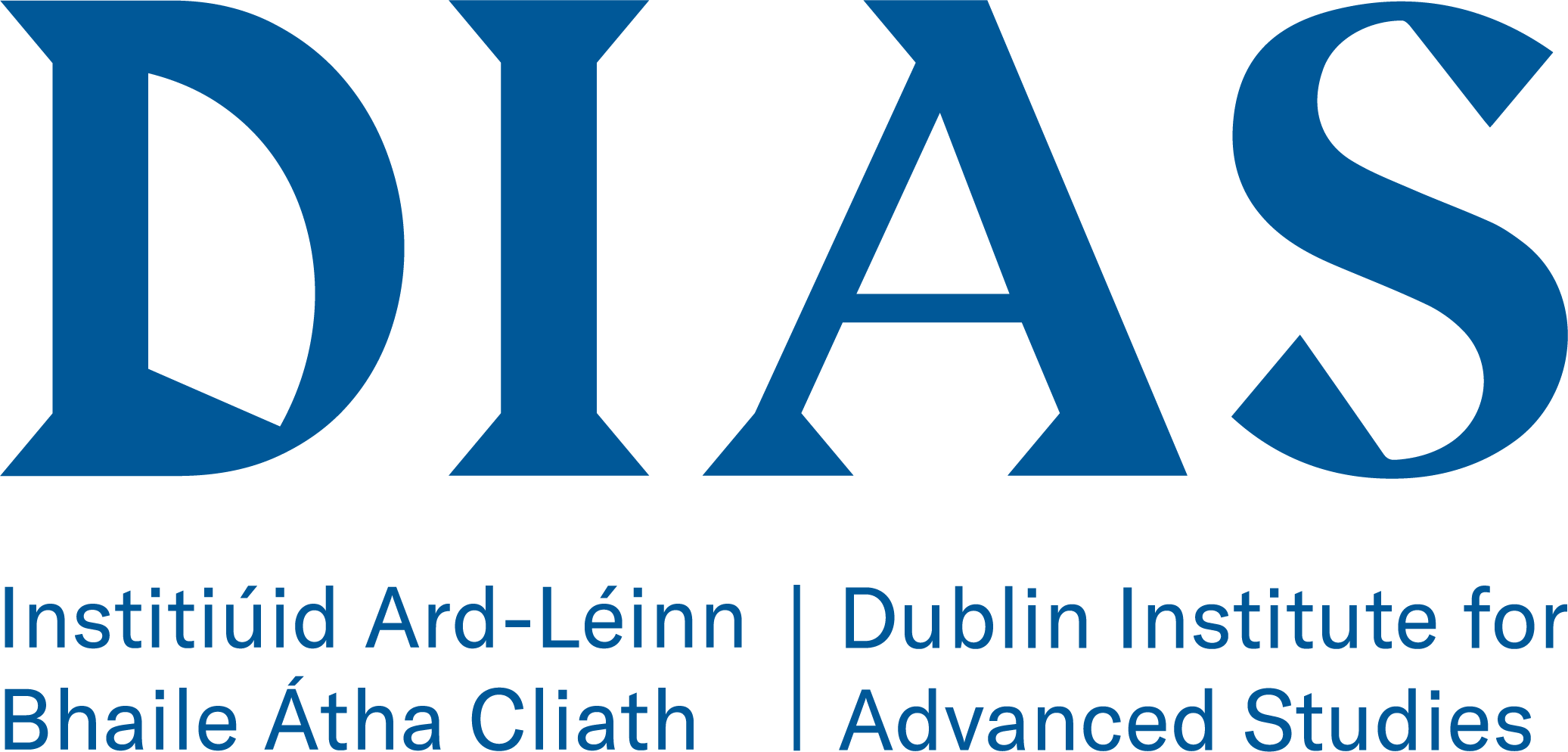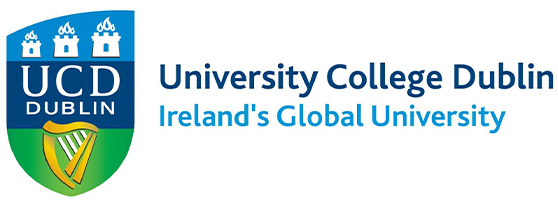Armagh Observatory
 Armagh Observatory has been a centre for astrophysics research since its foundation in 1789 by Archbishop Richard Robinson. Current areas of research involve the study of Stellar Astrophysics, Star Formation, Solar Physics, Solar System bodies (asteroids, meteors etc.) and Galactic Astronomy. Armagh Observatory is also an operational meteorological centre, and has been recording weather information daily since 1795.
Armagh Observatory has been a centre for astrophysics research since its foundation in 1789 by Archbishop Richard Robinson. Current areas of research involve the study of Stellar Astrophysics, Star Formation, Solar Physics, Solar System bodies (asteroids, meteors etc.) and Galactic Astronomy. Armagh Observatory is also an operational meteorological centre, and has been recording weather information daily since 1795.
As an active observatory, there are a number of operating telescopes on site at Armagh Observatory, while the different research groups also use data from various ground and space-based observatories.
Munster Technological University
Blackrock Castle Observatory
 CIT Blackrock Castle Observatory is home to one of the largest and most interactive astronomy exhibitions in Ireland. Built in the early 1600s, the Castle was originally designed to protect the city of Cork from invaders. The Castle was bought in the early 2000s as part of a unique partnership between Cork City Council and the Cork Institute of Technology that fully restored and developed the Castle into a science and astronomy centre. Today, CIT Blackrock Castle Observatory is a working research facility operated by CIT and is home to an award winning interactive science and astronomy exhibition and science education centre. BCO labs operate a robotic dome and a number of optical telescopes. CIT Blackrock Castle Observatory is an official outreach partner of the European Southern Observatory (ESO).
CIT Blackrock Castle Observatory is home to one of the largest and most interactive astronomy exhibitions in Ireland. Built in the early 1600s, the Castle was originally designed to protect the city of Cork from invaders. The Castle was bought in the early 2000s as part of a unique partnership between Cork City Council and the Cork Institute of Technology that fully restored and developed the Castle into a science and astronomy centre. Today, CIT Blackrock Castle Observatory is a working research facility operated by CIT and is home to an award winning interactive science and astronomy exhibition and science education centre. BCO labs operate a robotic dome and a number of optical telescopes. CIT Blackrock Castle Observatory is an official outreach partner of the European Southern Observatory (ESO).
Dublin City University
 The Astrophysics Group at DCU combines researchers from the School of Mathematical Sciences and the School of Physical Sciences, with the main research interests being star formation and high energy astrophysics. Research in high energy astrophysics focuses on understanding how astrophysical systems such as pulsar wind nebulae, micro-quasars, active galactic nuclei and gamma-ray bursts can accelerate charged particles to very high energies with very high efficiency. This is investigated using a combination of observational, numerical and theoretical approaches. In the field of star formation, the emphasis is on understanding outflows from forming stars and turbulence in star forming regions. This requires complex computational simulations, with the result that DCU researchers regularly use some of the most powerful supercomputers in the world.
The Astrophysics Group at DCU combines researchers from the School of Mathematical Sciences and the School of Physical Sciences, with the main research interests being star formation and high energy astrophysics. Research in high energy astrophysics focuses on understanding how astrophysical systems such as pulsar wind nebulae, micro-quasars, active galactic nuclei and gamma-ray bursts can accelerate charged particles to very high energies with very high efficiency. This is investigated using a combination of observational, numerical and theoretical approaches. In the field of star formation, the emphasis is on understanding outflows from forming stars and turbulence in star forming regions. This requires complex computational simulations, with the result that DCU researchers regularly use some of the most powerful supercomputers in the world.
Dublin Institute for Advanced Studies
 The Dublin Institute for Advanced Studies was founded in 1940 as a publicly-funded independent centre for research in basic disciplines including Cosmic Physics, Theoretical Physics and Celtic Studies. Areas of astrophysics that are currently studied at DIAS include Star Formation, High-energy Astrophysics and Particle Acceleration Theory. The School of Cosmic Physics at DIAS is also the operator of Dunsink Observatory outside Dublin.
The Dublin Institute for Advanced Studies was founded in 1940 as a publicly-funded independent centre for research in basic disciplines including Cosmic Physics, Theoretical Physics and Celtic Studies. Areas of astrophysics that are currently studied at DIAS include Star Formation, High-energy Astrophysics and Particle Acceleration Theory. The School of Cosmic Physics at DIAS is also the operator of Dunsink Observatory outside Dublin.
The research groups at DIAS are active members of several major international collaborations including HESS, CTA, Km3NeT and ASTRO-X in addition to using data from major international telescopes such as Hubble.
University of Galway
 The Centre for Astrophysics at the University of Galway brings together a number of research groups involved in different areas of astrophysics. Current areas of research involve exoplanets, Gamma-ray astronomy, star formation and destruction as well as investigation of pulsars.
The Centre for Astrophysics at the University of Galway brings together a number of research groups involved in different areas of astrophysics. Current areas of research involve exoplanets, Gamma-ray astronomy, star formation and destruction as well as investigation of pulsars.
Each of the groups are involved in international collaboration on a number of different instruments, including the Very Large Array (VLA) radio telescopes in New Mexico and the VERITAS collaboration based in Arizona. A number of different instruments and observatories have also been built, including the Galway Astronomical Stokes Polarimeter (GASP) and the TRIFFID high angular resolution camera.
National University of Ireland, Maynooth
 The Astrophysics Research group at NUI Maynooth brings together three groups involved in related areas of astrophysics research. The areas of research that are currently being investigated include Far Infrared and Sub-millimetre astrophysics, Experimental Cosmology and Terahertz Imaging and Optics. Each of these research areas involves a lot of international collaboration, with researchers playing a key role in developing techniques for use with the Planck and Herschel spacecraft launched by ESA. Facilities such as the Atacama Large Millimeter Array (ALMA) in Chile are also used by the group.
The Astrophysics Research group at NUI Maynooth brings together three groups involved in related areas of astrophysics research. The areas of research that are currently being investigated include Far Infrared and Sub-millimetre astrophysics, Experimental Cosmology and Terahertz Imaging and Optics. Each of these research areas involves a lot of international collaboration, with researchers playing a key role in developing techniques for use with the Planck and Herschel spacecraft launched by ESA. Facilities such as the Atacama Large Millimeter Array (ALMA) in Chile are also used by the group.
Queens University Belfast
 The Astrophysics Research Centre (ARC) at QUB brings together 6 different astrophysics groups within the School of Mathematics and Physics. Current research includes investigation of Hot Stars, Supernovae, Molecular Astrophysics, Solar Physics and detection and analysis of extra-solar planets and solar system objects.
The Astrophysics Research Centre (ARC) at QUB brings together 6 different astrophysics groups within the School of Mathematics and Physics. Current research includes investigation of Hot Stars, Supernovae, Molecular Astrophysics, Solar Physics and detection and analysis of extra-solar planets and solar system objects.
The different groups at QUB are deeply involved in a wide range of different instruments, including SuperWASP (currently detecting extra-solar planets from La Palma), the ROSA telescope at the Dunn Solar Observatory in New Mexico and the Pan-STARRS telescope in Hawaii.
Trinity College Dublin
 Trinity College Dublin has been a centre for Astronomical research in Ireland since the 1700’s, with the Andrews Professor of Astronomy at Trinity also the Royal Astronomer of Ireland from 1792 until 1921. Current research focuses on a wide range of different areas of astrophysics including supernovae, massive stars, cool stars, exoplanets, and space weather. The group uses data from a wide range of different ground- and space-based observatories, including the European Southern Observatory and the Hubble Space Telescope.
Trinity College Dublin has been a centre for Astronomical research in Ireland since the 1700’s, with the Andrews Professor of Astronomy at Trinity also the Royal Astronomer of Ireland from 1792 until 1921. Current research focuses on a wide range of different areas of astrophysics including supernovae, massive stars, cool stars, exoplanets, and space weather. The group uses data from a wide range of different ground- and space-based observatories, including the European Southern Observatory and the Hubble Space Telescope.
University College Cork
 University College Cork is home to the Crawford Observatory, the only observatory on any university campus in Ireland and constructed in 1878 and designed by Howard Grubb. The astrophysics group at UCC are currently involved in studying Infrared, Optical and X-ray observations of white-dwarf, neutron star and black hole binaries as well as High-resolution radio observations of Active Galactic Nuclei.
University College Cork is home to the Crawford Observatory, the only observatory on any university campus in Ireland and constructed in 1878 and designed by Howard Grubb. The astrophysics group at UCC are currently involved in studying Infrared, Optical and X-ray observations of white-dwarf, neutron star and black hole binaries as well as High-resolution radio observations of Active Galactic Nuclei.
This work is carried out using both ground and space-based observatories including the Keck observatory in Hawaii, and the Chandra and XMM spacecraft.
University College Dublin
 UCD School of Physics hosts a vibrant astrophysics community, with 8 permanent faculty. UCD astronomers are leading research on topics including high energy astrophysics, Active Galactic Nuclei, gamma-ray bursts, shock acceleration theory, progenitors of supernovae and tidal disruption events, star and planet formation, and gravitational wave counterparts. We use many of the world’s top astronomy facilities, such as ESO’s VLT, LOFAR, as well as ESA and NASA satellite experiments. We are deeply involved in developing next-generation instruments and missions and are building Ireland’s first satellite, EIRSAT-1.’
UCD School of Physics hosts a vibrant astrophysics community, with 8 permanent faculty. UCD astronomers are leading research on topics including high energy astrophysics, Active Galactic Nuclei, gamma-ray bursts, shock acceleration theory, progenitors of supernovae and tidal disruption events, star and planet formation, and gravitational wave counterparts. We use many of the world’s top astronomy facilities, such as ESO’s VLT, LOFAR, as well as ESA and NASA satellite experiments. We are deeply involved in developing next-generation instruments and missions and are building Ireland’s first satellite, EIRSAT-1.’

